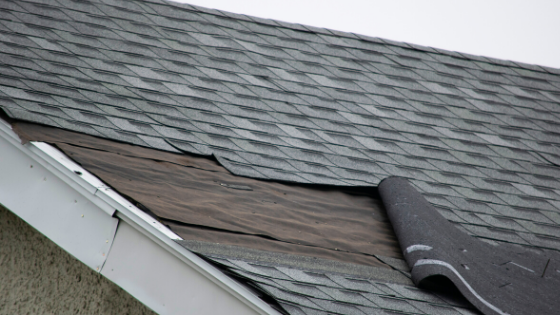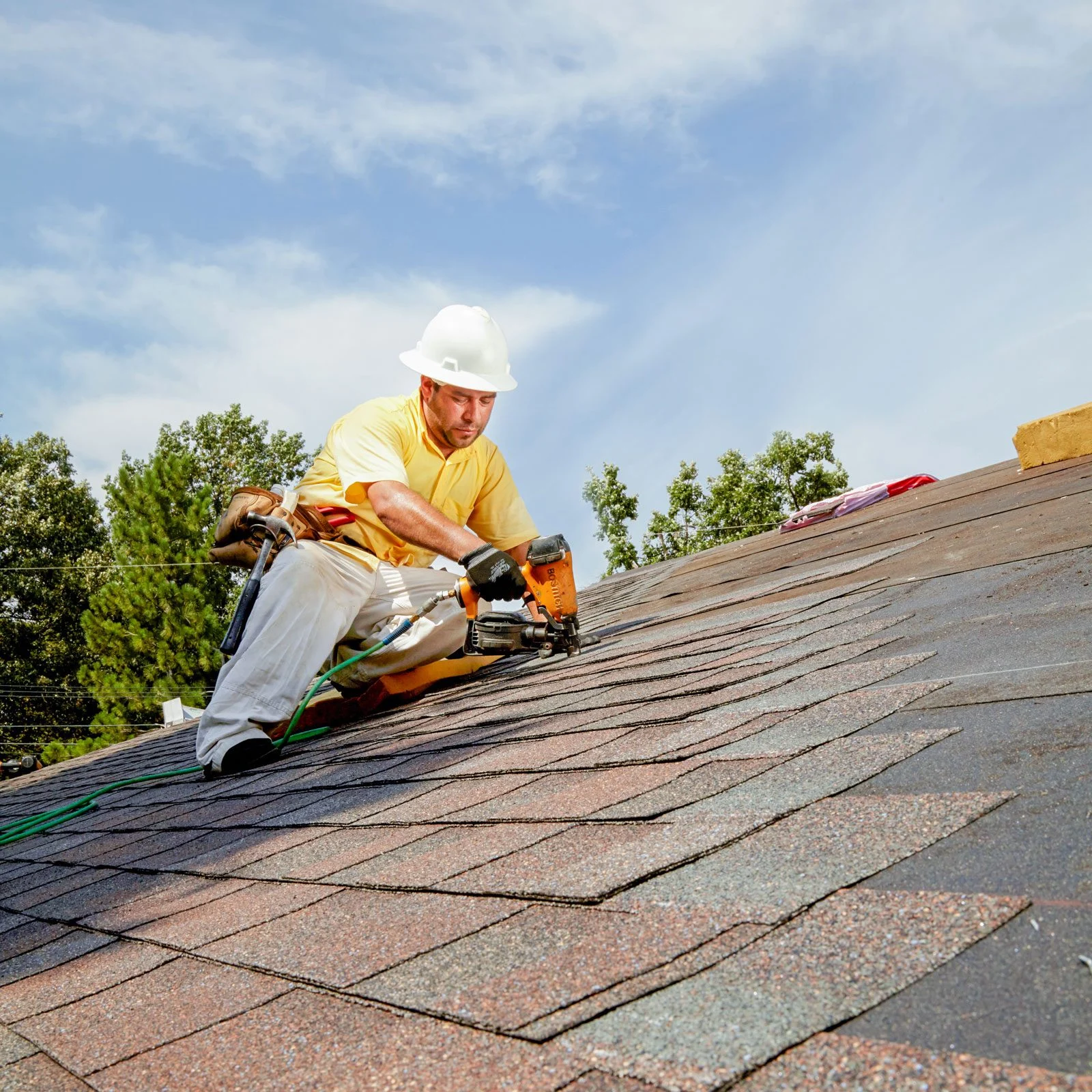Your roof is one of the most critical parts of your home, protecting everything beneath it from the elements. Unfortunately, it’s also one of the most overlooked areas—until something goes wrong. By the time you notice a leak or water stain on your ceiling, the damage may already be significant. The good news? A little routine vigilance can help you catch small problems before they turn into costly repairs. Here’s how to spot roof damage early and keep your home safe and dry.
1. Look for Missing or Damaged Shingles
From the ground, inspect your roof visually (binoculars help). Missing, curled, cracked, or buckling shingles are often the first sign of trouble. Shingles protect the roof structure from water, so any damage to them can lead to leaks.
What to do: If you see damaged shingles, have them replaced promptly. For large or widespread issues, consider calling a professional roofer to assess the overall condition of your roof.
2. Check for Granule Loss
Over time, shingles lose granules—the small, sand-like coating that helps protect them from UV rays and wear. If you notice excessive granules in your gutters or downspouts, your shingles may be nearing the end of their lifespan.
What to do: A little granule loss is normal, especially after a storm, but consistent or large amounts may signal it’s time to start planning for a roof replacement.
3. Inspect Flashing and Seals
Flashing is the metal or rubber material that seals roof joints and areas around chimneys, vents, and skylights. If flashing is rusted, loose, or cracked, water can seep through those vulnerable spots.
What to do: Look for gaps, corrosion, or separation around these areas. Damaged flashing should be repaired or replaced quickly to prevent leaks.
4. Examine the Attic or Ceiling
Sometimes the first signs of roof trouble show up inside your home. Water stains, damp insulation, peeling paint, or a musty smell in the attic can all point to roof leaks.
What to do: Inspect your attic regularly, especially after heavy rains. If you see light coming through the roof boards or notice moisture, it’s time to investigate further.
5. Monitor for Sagging
A sagging roofline is a serious issue and can indicate structural damage or water retention. It’s often the result of prolonged leaks that have weakened the roof’s support system.
What to do: If you notice any dip or sag in your roof’s ridge or deck, contact a roofing professional immediately. This is not a DIY fix.
6. Keep an Eye on Moss and Algae Growth
Green patches of moss or black streaks of algae are more than just cosmetic problems. Moss traps moisture, which can lead to rot and further damage over time.
What to do: Carefully remove moss with a soft brush or hire a professional for treatment. Consider installing zinc or copper strips along the roof ridge to prevent future growth.
Conclusion
Your roof won’t last forever, but with regular inspections and attention to detail, you can extend its life and avoid expensive surprises. Check it after major storms, at least once every season, and keep an eye on both the exterior and interior signs of damage. When in doubt, it’s always wise to bring in a roofing expert. Preventative maintenance now could save you thousands down the road—and keep your home secure for years to come.




